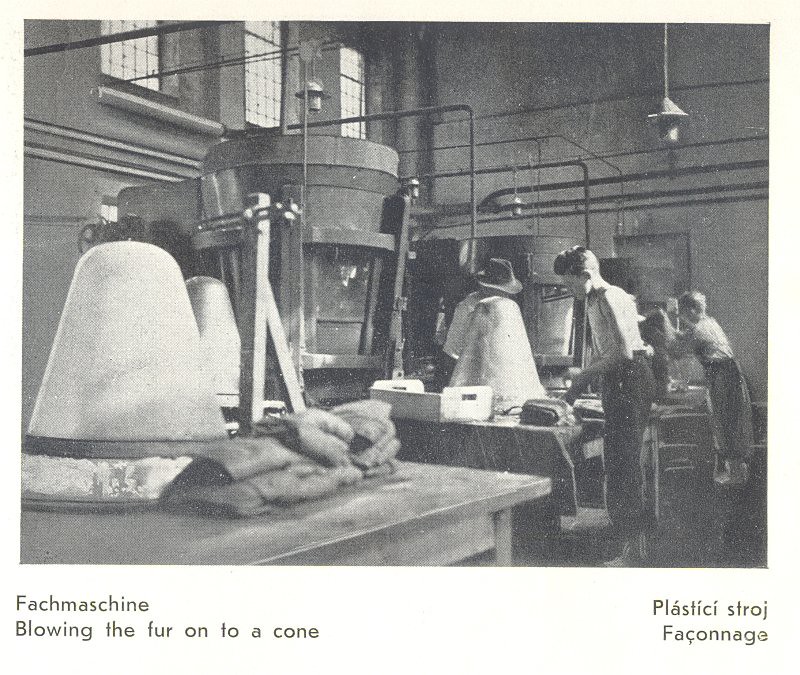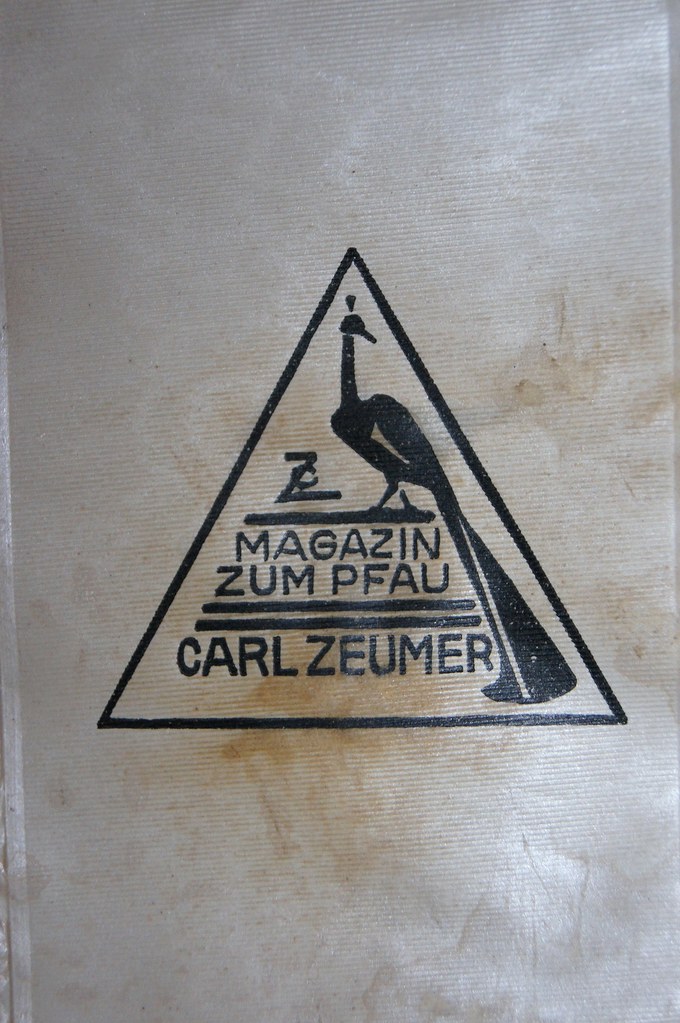Daniele Tanto
I'll Lock Up
- Messages
- 4,344
- Location
- Verona - Italia
Manfred it is a very lovely "bombetta".
Which larger sizes they have available? Could be a good deal.....but Bonn is a bit 'off the beaten track
Which larger sizes they have available? Could be a good deal.....but Bonn is a bit 'off the beaten track


























